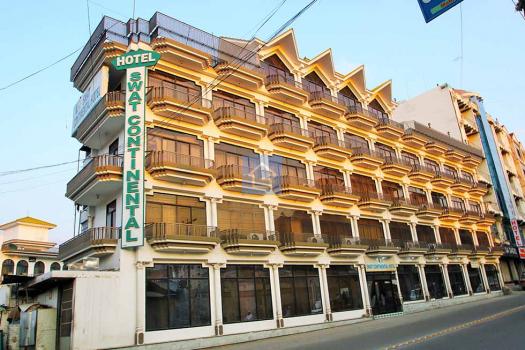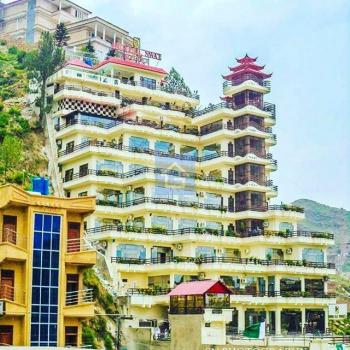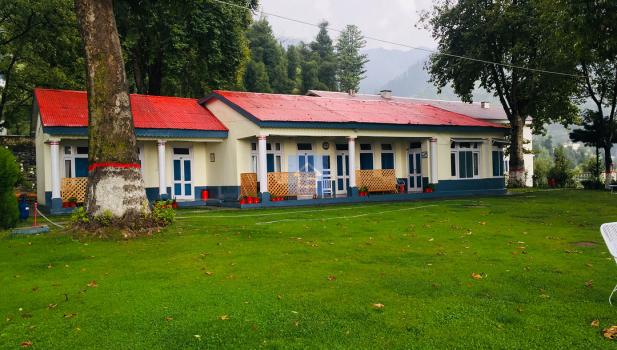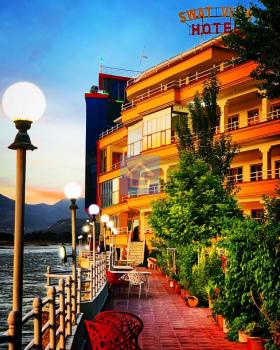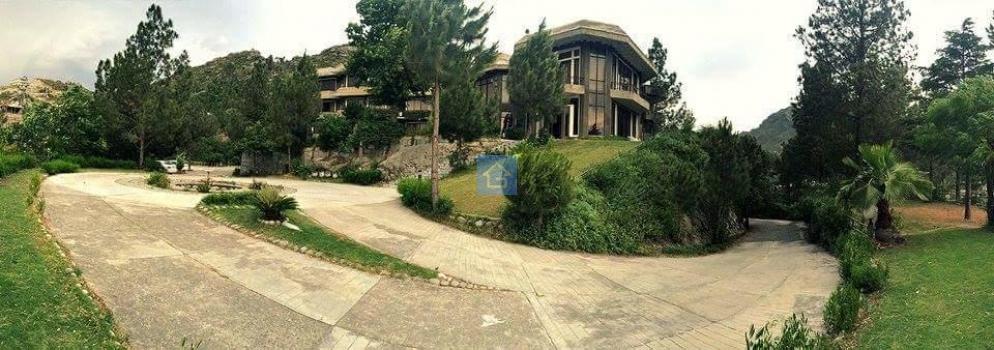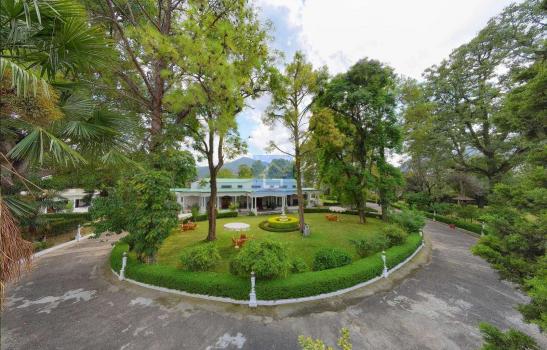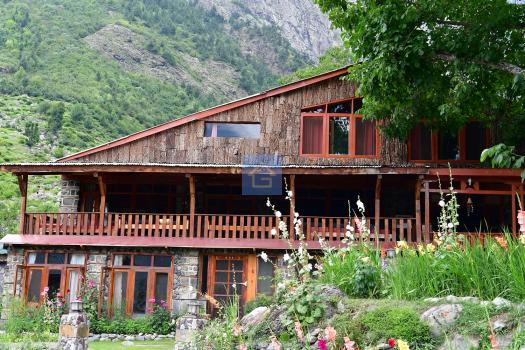- Home
- Browse Blogs
- Travel Updates & News
- Ultimate source of River Indus
Ultimate source of River Indus
The ultimate source of the Indus is on the Tibetan plateau in the vicinity of Lake Mansarovar; it begins at the confluence of the Sengge and Gar rivers that drain the Nganglong Kangri and Gangdise Shan mountain ranges. The Indus then flows northwest through Ladakh-Balti..
Ultimate source of River Indus
The ultimate source of the Indus is on the Tibetan plateau in the vicinity of Lake Mansarovar; it begins at the confluence of the Sengge and Gar rivers that drain the Nganglong Kangri and Gangdise Shan mountain ranges. The Indus then flows northwest through Ladakh-Baltistan into Gilgit, just south of the Karakoram range. The Shyok, Shigar and Gilgit streams carry glacial waters into the main river. It gradually bends to the south, coming out of the hills between Peshawar and Rawalpindi.
The Indus passes gigantic gorges 4500 - 5200 meters (15,000-17,000 feet) high near the Nanga Parbat massif. It swiftly flows across Hazara and is dammed at the Tarbela Reservoir. The Kabul River joins it near Attock. The remainder of its route to the sea is in plains of the Punjab and Sindh, where the river becomes slow-flowing and highly braided. It is joined by Panjnad River at Mithankot. Beyond this confluence, the river, at one time, was named the Satnad River (sat = seven, Nadi = river) as the river was now carrying the waters of Kabul River, Indus River, and the five Punjab rivers. Passing by Jamshoro, it ends in a large delta to the east of Thatta, near Pakistan's port city, Karachi. The total length of the river is 3200 kilometers (2000 miles).
The river has a total drainage area exceeding 1,165,000 square kilometers (450,000 square miles). Its estimated annual flow stands at around 207 cubic kilometers. Beginning at the heights of the world with glaciers, the river feeds the ecosystem of temperate forests, plains and arid countryside. Together with the rivers Chenab, Ravi, Sutlej, Jhelum, Beas, and the extinct Sarasvati River, the Indus forms the ("Seven Rivers") delta in the Sindh province of Pakistan.
It has 20 major tributaries. The Indus is one of the few rivers in the world that exhibits a tidal bore. The Indus system is largely fed by the snows and glaciers of the Karakoram, Hindu Kush and Himalayan ranges of Tibet, Kashmir, and Northern Areas of Pakistan. The flow of the river is also determined by the seasons; it diminishes greatly in the winter while flooding its banks in the monsoon months from July to September.
There is also evidence of a steady shift in the course of the river since prehistoric times; it has deviated westwards from flowing into the Rann of Kutch. The Indus provides the key water resources for the economy of Pakistan, especially the breadbasket of Punjab province, which accounts for most of the nation's agricultural production, and Sindh. It also supports many heavy industries and provides the main supply of potable water in Pakistan.
- Swat
- Madyan
- Kalam
- Pakistan
- Northern Areas
- Gilgit
- Kashmir
- Baltistan
- Glaciers
- Karakoram
- KaraKoram Range
- Malam Jabba
- Karachi
- Rawalpindi
- Punjab
- Sindh
- Sindh Province
- Peshawar
- Chenab
- Punjab province
- Jhelum
- Hazara
- Shangla
- Tarbela
- Nanga Parbat
- Shigar
- Ladakh
- Tibet
- Tibetan
- Thatta
- Attock
- Hindu Kush
- Plateau
- Bahrain
- Online booking
- Shyok
- Handmade Kashmiri Shawls
- Ravi
- Sutlej
- Kashmiri shawls
- Countryside
- Temperate forests
- Tibetan plateau
- Agricultural production
- Beas
- Glacial waters
- Himalayan ranges
- Kabul River
- Ladakh-Baltistan
- Lake Mansarovar
- Mithankot
- Pakistan's
- Panjnad River
- Prehistoric times
- Rann of Kutch
- Sapta Sindhu
- Sarasvati River
- Satnad River
- Seven Rivers
- Tarbela Reservoir
- Westwards
- Book online
- Gabin jabba
- Booking website
- Booking website in Pakistan
- Book online hotels
- Booking Websites in Pakistan
- Hotel Booking Website in Pakistan
- Hotel Booking Swat
- Hotel Booking in Swat
- Hotel Booking in Kalam
- Hotel Booking in Bahrain
- Luxury Hotels in Swat
- Top Hotels in Swat
- Cheap Hotels in Pakistan
- Cheap Hotels in Swat
- Cheap Hotels in Kalam
- Luxury Hotels in Kalam
- Luxury Hotels in Bahrain
- Top Hotels in Kalam
- Top Rated hotels Swat
- Top Rated Hotels in Swat
- Top Rated Hotels in Kalam
- Pakistani Shwals
- Bahrain Swat
- Miandam
- Malam Jaba
- Gabin Jaba
- Shingrodon
- Shingro dond
- Shingro dhand
- Shingrodon abshaar
- Shangla Top
- Marguzar
Recommended list of popular & trending blogs based on visits, people searched.
-
-
-
-
-
-
-
[Article] Top 8 Destinations to Explore in Pakistan / in Travel Updates & News
-
-
-
-
-
[Article] Pakistan Tourism Conferences 2019 / in Travel Updates & News
-
[Article] Pakistan Railways to Introduce E-Ticketing / in Travel Updates & News
-
[Article] What Will Traveling Be Like In 50 Years / in Travel Updates & News
-
[Article] Myths About Traveling Within Pakistan / in Travel Updates & News
-
-
-
-
-
Trending Hotels
Best affordable & leading hotels to stay in swat valley for families, students, honeymoon couples from lahore, karachi, faisalabad, multan, peshawar & islamabad.
Best Holiday Packages
Want to get a great holiday in Swat Valley? At Guestkor Travel we have a full range of holiday deals on offer for affordable prices.
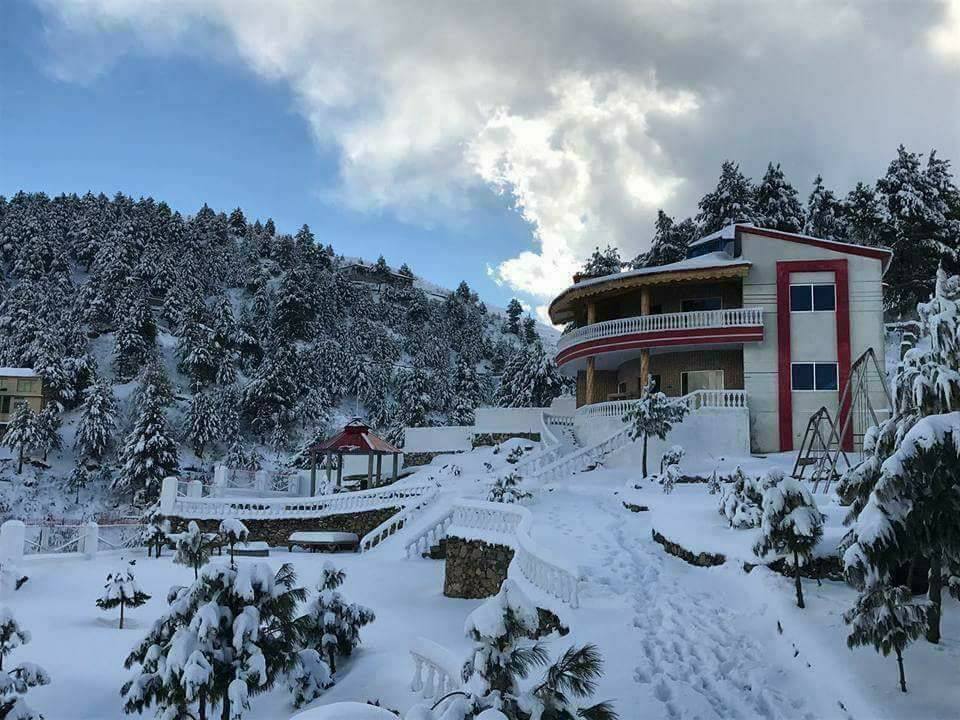
Per Person
2 days 1 night islamabad to malam jabba standard group tour winter/snowfall package
- 9-15 people
- |
- blue area → swat
- (10 reviews)
- Group Tours
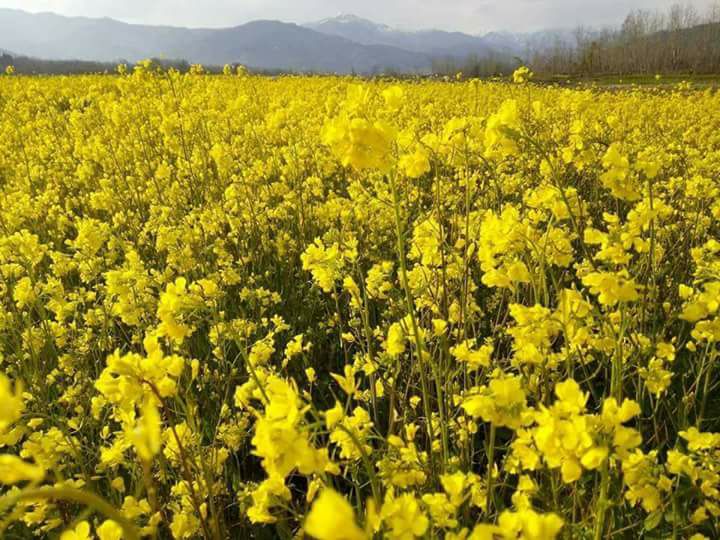
Per Person
2 days 1 night islamabad to gabeen jabba standard family tour winter/snowfall package
- 9-15 people
- |
- blue area → swat
- (6 reviews)
- Family Tours
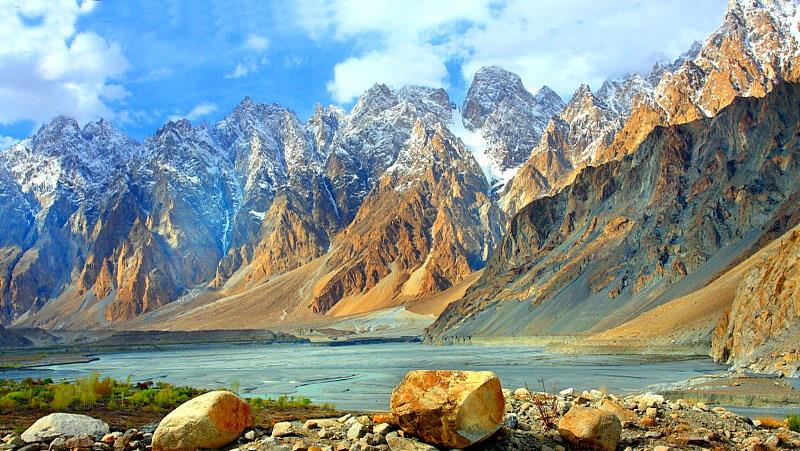
Per Person
6 days 5 nights islamabad to kalash valley standard group tour winter/snowfall package
- 9-15 people
- |
- blue area → chitral
- (6 reviews)
- Group Tours
